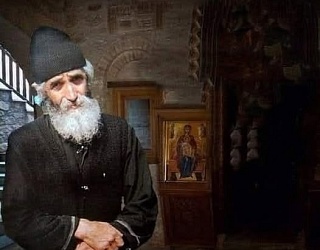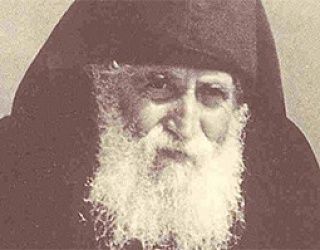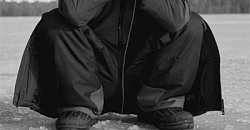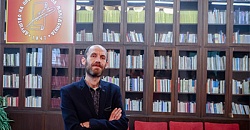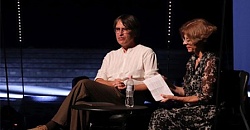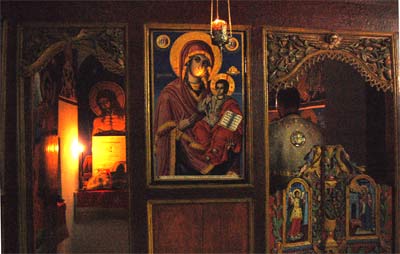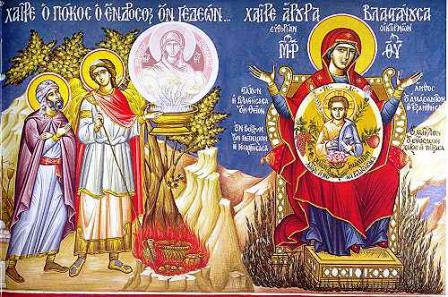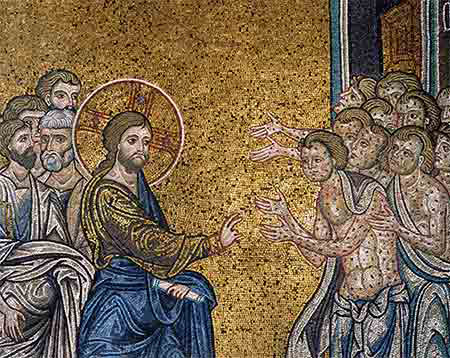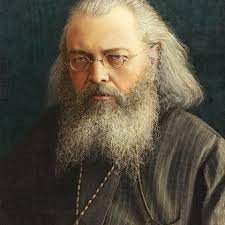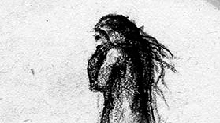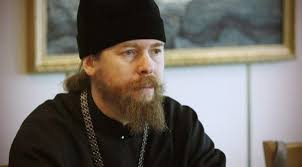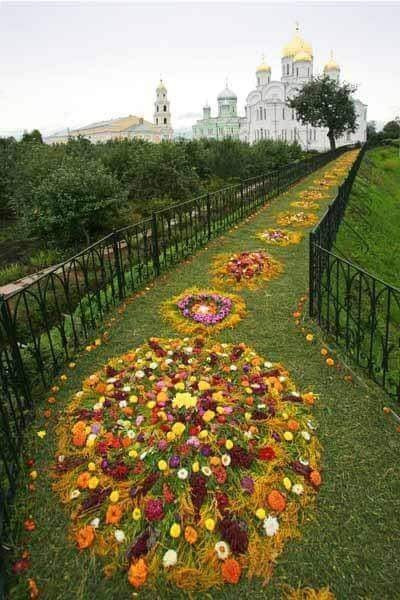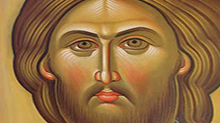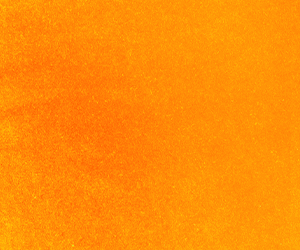Icon of the Mother of God “Of the Three Hands – Икона на Богородица „Троеручица
Today is the feast of the Damascene Icon of the Mother of God “Of the Three Hands”
The Damascene Icon of the Mother of God, by ancient tradition, was painted by St John of Damascus in gratitude to the Theotokos for the miraculous healing of his right hand, cut off through the perfidy of Emperor Leo the Isaurian. This icon is also known as “Of the Three Hands” Icon of the Mother of God (June 28, and July 12). In the ninth century in the time of the Iconoclasts, St John of Damascus (December 4) was zealous in his veneration of holy icons. Because of this, he was slandered by the emperor and iconoclast Leo III the Isaurian (717-740), who informed the Damascus caliph that St John was committing treasonous acts against him. The caliph gave orders to cut off the hand of the monk and take it to the marketplace. Towards evening Saint John, having asked the caliph for the cut-off hand, put it to its joint and fell to the ground before the icon of the Mother of God. The monk begged Our Lady to heal the hand, which had written in defense of Orthodoxy. After long prayer he fell asleep and saw in a dream that the All-Pure Mother of God had turned to him promising him quick healing. Before this the Mother of God bid him toil without fail with this hand. Having awakened from sleep, St John saw that his hand was unharmed. In thankfulness for this healing St John placed on the icon a hand fashioned of silver, from which the icon received its name “Of Three Hands.” (Some iconographers, in their ignorance, have mistakenly depicted the Most Holy Theotokos with three arms and three hands.) According to Tradition, St John wrote a hymn of thanksgiving to the Mother of God: “All of creation rejoices in You, O Full of Grace,” which appears in place of the hymn “It is Truly Meet” in the Liturgy of St Basil the Great. St John Damascene receivedmonasticism at the monastery of St Sava the Sanctified and there bestowed his wonderworking icon. The Lavra presented the icon “Of Three Hands” in blessing to St Sava, Archbishop of Serbia (+ 1237, January 12). During an invasion of Serbia by the Turks, some Christians who wanted to protect the icon, entrusted it to the safekeeping of the Mother of God Herself. They placed it upon a donkey, which without a driver proceeded to Athos and stopped in front of the Hilandar monastery. The monks put the icon in the monastery’s cathedral church (katholikon). During a time of discord over the choice of igumen, the Mother of God deigned to head the monastery Herself, and from that time Her holy icon has occupied the igumen’s place in the temple. At the Hilandar monastery there is chosen only a vicar, and from the holy icon the monks take a blessing for every obedience.
Денеска е празник на Дамаскиновата икона на Богородица „Троеручица“
Дамаскиновата икона на Богородица, според древното предание, е насликана од свети Јован Дамаскин во благодарност на Пресвета Богородица за чудесното исцелување на неговата десна рака, отсечена поради коварството на царот Лав Исавријан. Оваа икона е исто така позната како “Троеручица” икона на Мајката Божја (28 јуни и јули 12). Во деветтиот век во времето на иконоборството, свети Јован Дамаскин (4 декември) беше ревносен во својата почит на свети икони. Поради ова, тој беше наклеветен од страна на царот иконоборец Лав III Исавријан (717-740), кој го извести халифот на Дамаск дека свети Јован беше стореил предавничко дело против него. Халифот нареди да се отсече раката на монахот и да се однесе на пазар. Приквечер Свети Јован ја побара од халифот отсечената рака, ја стави каде што беше отсечена и паднал на земјата пред иконата на Богородица. Монахот ја преколнувал нашата Пресвета Богородица да ја излекува раката, кој беше пишувала во одбрана на Православието. По долга молитва, заспа и виде во сонот дека Пречистата Мајка Божја се обраќа кон него ветувајќи му брзо исцелување. Пред ова Богородица му рече да се бори без пораз со оваа рака. Разбудувајќи се од сон, свети Јован виде дека раката беше неповредена. Во благодарност за ова исцеление, свети Јован на иконата стави уште една рака од сребро, поради што иконата го добила името “Троеручица.” (Некои иконографи, поради нивното незнаење, ја имаат погрешно прикажана Пресвета Богородица со три рамења и три раце.) Според преданието, свети Јован напиша химна на благодарност кон Богородица: “Сите созданија се радуваат во Тебе, Благодатна”, која се кажува на местото на химната “Достојно ест”, во Литургијата на свети Василиј Велики. Св. Јован Дамаскин прими монаштво во манастирот на свети Сава Осветен и таму ја подари неговата чудотворна икона. Лаврата ја претстави иконата “Троеручица” со благослов на свети Сава, архиепископ на Србија (+ 1.237, јануари 12). За време на инвазијата на Србија од страна на Турците, некои христијани кои сакаа да ја заштитат иконата, ја доверија на чување на Самата Мајка Божја. Тие ја ставија на магаре, без возач, кој продолжило до Атос и застанало пред манастирот Хиландар. Монасите ја ставиле икона во манастирската соборна црква (katholikon). За време нередите поради изборот на игумен, Богородица застана на чело на манастирот, и од тоа време нејзината света икона е на игуменското место во храмот. Во манастирот Хиландар е избран само заменик, и монасите земаат благослов од иконата за секое свое послушание.
Today is the feast of the Damascene Icon of the Mother of God “Of the Three Hands” (4 / 17 December)
The Damascene Icon of the Mother of God, by ancient tradition, was painted by St John of Damascus in gratitude to the Theotokos for the miraculous healing of his right hand, cut off through the perfidy of Emperor Leo the Isaurian. This icon is also known as “Of the Three Hands” Icon of the Mother of God (June 28, and July 12). In the ninth century in the time of the Iconoclasts, St John of Damascus (December 4) was zealous in his veneration of holy icons. Because of this, he was slandered by the emperor and iconoclast Leo III the Isaurian (717-740), who informed the Damascus caliph that St John was committing treasonous acts against him. The caliph gave orders to cut off the hand of the monk and take it to the marketplace. Towards evening Saint John, having asked the caliph for the cut-off hand, put it to its joint and fell to the ground before the icon of the Mother of God. The monk begged Our Lady to heal the hand, which had written in defense of Orthodoxy. After long prayer he fell asleep and saw in a dream that the All-Pure Mother of God had turned to him promising him quick healing. Before this the Mother of God bid him toil without fail with this hand. Having awakened from sleep, St John saw that his hand was unharmed. In thankfulness for this healing St John placed on the icon a hand fashioned of silver, from which the icon received its name “Of Three Hands.” (Some iconographers, in their ignorance, have mistakenly depicted the Most Holy Theotokos with three arms and three hands.) According to Tradition, St John wrote a hymn of thanksgiving to the Mother of God: “All of creation rejoices in You, O Full of Grace,” which appears in place of the hymn “It is Truly Meet” in the Liturgy of St Basil the Great. St John Damascene receivedmonasticism at the monastery of St Sava the Sanctified and there bestowed his wonderworking icon. The Lavra presented the icon “Of Three Hands” in blessing to St Sava, Archbishop of Serbia (+ 1237, January 12). During an invasion of Serbia by the Turks, some Christians who wanted to protect the icon, entrusted it to the safekeeping of the Mother of God Herself. They placed it upon a donkey, which without a driver proceeded to Athos and stopped in front of the Hilandar monastery. The monks put the icon in the monastery’s cathedral church (katholikon). During a time of discord over the choice of igumen, the Mother of God deigned to head the monastery Herself, and from that time Her holy icon has occupied the igumen’s place in the temple. At the Hilandar monastery there is chosen only a vicar, and from the holy icon the monks take a blessing for every obedience.
Извор: манастир на св. Прохор Пчински, Донибрук, Австралија




